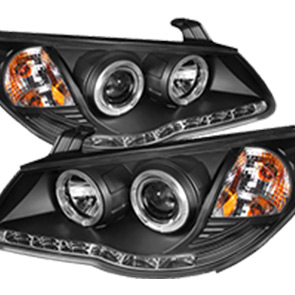Throttle Cable Connection Mechanism for Enhanced Vehicle Performance and Control
Understanding Throttle Cable Linkage A Key Component in Automotive Systems
Throttle cable linkage is a crucial component in many internal combustion engine vehicles, acting as the mediator between the accelerator pedal and the engine’s throttle valve. This mechanism is essential for controlling the engine's power and efficiency, while also ensuring a smooth driving experience. An exploration of throttle cable linkage reveals its importance, functionality, and the implications of its maintenance.
What is Throttle Cable Linkage?
Throttle cable linkage refers to the system of cables and levers that connects the accelerator pedal in a vehicle to the throttle body or carburetor. When a driver presses the accelerator pedal, it pulls on the throttle cable, which in turn opens the throttle valve. This allows a specific amount of air (and fuel in gasoline engines) to enter the engine, determining the power output and speed of the vehicle.
In modern vehicles, many manufacturers have transitioned to electronic throttle control (ETC) systems, which utilize sensors and motors instead of traditional cables. However, understanding the mechanics of cable linkages is still relevant, especially for older cars and in some specific applications.
The Functionality of Throttle Cable Linkage
The throttle cable linkage serves several critical functions
1. Power Control It directly influences how much power the engine generates. A longer pull on the accelerator translates to a larger opening of the throttle valve, allowing more air into the engine and increasing power output.
2. Responsiveness A well-tuned throttle cable enables smooth and responsive acceleration. If the cable is too loose or too tight, it can lead to a sluggish or jerky response, impacting the overall driving experience.
throttle cable linkage

3. Safety Features Many vehicles are equipped with a throttle return spring that ensures the throttle valve automatically closes when the accelerator is released. This return mechanism is vital for maintaining control of the vehicle.
Maintenance of Throttle Cable Linkage
To ensure optimal performance, it is essential to maintain the throttle cable linkage properly. Here are several key maintenance tips
- Regular Inspection Periodic checks for fraying or wear along the throttle cable are crucial. Any signs of damage should prompt immediate replacement to prevent failure.
- Lubrication Keeping the cable lubricated can help reduce friction, ensuring smoother operation. However, it is essential to use the correct type of lubricant, as some can degrade the cable material.
- Adjustment Cable tension may need adjustment to ensure that it engages accurately with the throttle valve. A professional mechanic can perform this adjustment safely.
The Impact of Throttle Linkage Issues
If the throttle cable linkage is malfunctioning, it can lead to various engine performance issues. Symptoms may include inconsistent acceleration, a high idle when the throttle is closed, or a complete loss of power when pressing the accelerator. Such problems can be alarming and dangerous, making timely diagnosis and repair essential.
In summary, throttle cable linkage is a vital aspect of a vehicle's performance and drivability. While modern vehicles may rely more on electronic systems, the principles remain the same. Understanding this component not only enhances appreciation for automotive engineering but also underscores the importance of regular maintenance. Whether you’re a car enthusiast or a casual driver, recognizing the role of throttle cable linkage can contribute to a safer and more enjoyable driving experience.
-
Workings of Clutch Pipe and Hose SystemsNewsJun.04,2025
-
The Inner Workings of Hand Brake Cable SystemsNewsJun.04,2025
-
The Secrets of Throttle and Accelerator CablesNewsJun.04,2025
-
The Hidden Lifeline of Your Transmission Gear Shift CablesNewsJun.04,2025
-
Demystifying Gear Cables and Shift LinkagesNewsJun.04,2025
-
Decoding Clutch Line Systems A Comprehensive GuideNewsJun.04,2025
